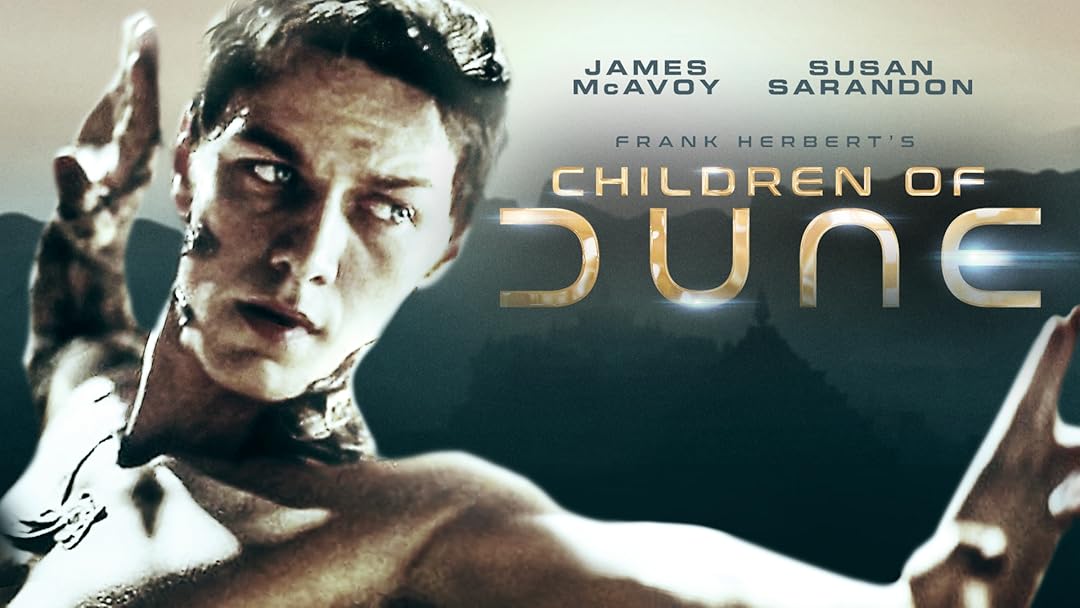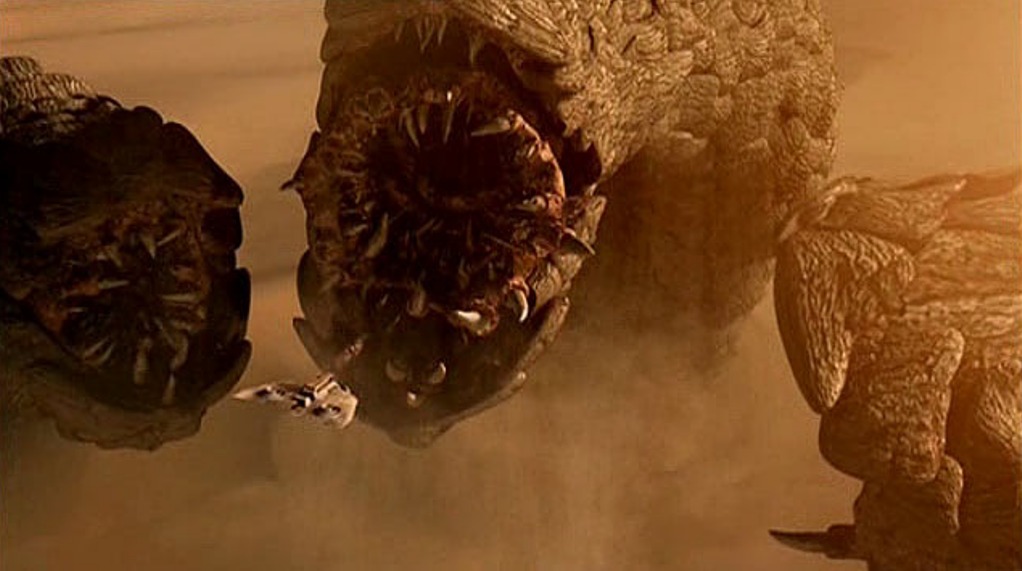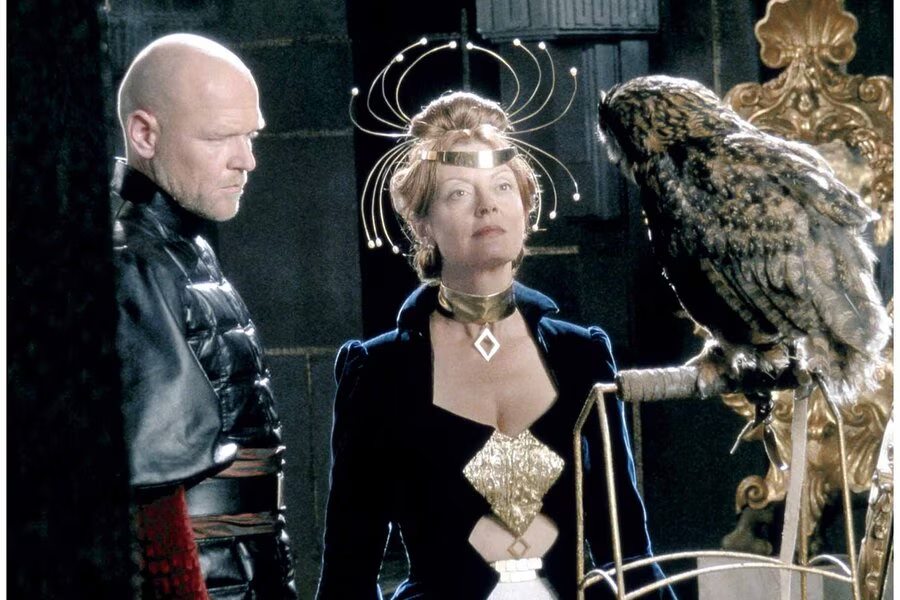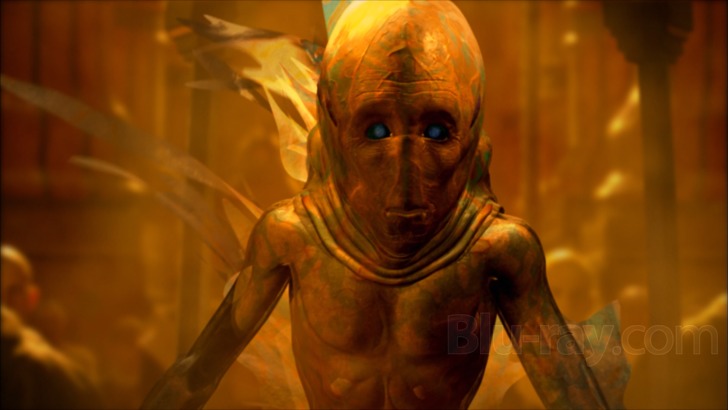Children of Dune (2003)

“Children of Dune,” a miniseries based on Frank Herbert’s novels “Dune Messiah” and “Children of Dune,” continues the epic saga of the Atreides family on the desert planet of Arrakis. The story picks up twelve years after Paul “Muad’Dib” Atreides has become Emperor, following his successful rebellion against the Harkonnen and the Padishah Emperor.

Paul, now blind and disillusioned by the jihad waged in his name, wanders into the desert, leaving his twin children, Leto II and Ghanima, under the care of their aunt Alia, who struggles with her own inner demons and the pressure of ruling an empire. Alia’s grip on power is threatened by both external forces and her growing insanity, influenced by the spirit of her grandfather, Baron Harkonnen.

As Leto and Ghanima grow, they become aware of their unique abilities and the immense responsibilities they bear. Leto, in particular, begins to embrace his destiny, seeking to bring about a transformation in humanity through his Golden Path, a vision of the future that ensures the survival of the human race. He undergoes a harrowing transformation, merging with the sandtrout, the larval stage of the sandworms, to gain immense strength and longevity.
The series weaves together political intrigue, familial conflict, and the mystical elements of Herbert’s universe. Leto’s journey culminates in a dramatic confrontation with Alia, who succumbs to her madness. Leto ascends to the throne, becoming the God Emperor, ready to lead humanity on a path of his own design.

“Children of Dune” explores themes of power, destiny, and sacrifice, offering a rich and complex continuation of the Dune saga. Through the trials of the Atreides twins, the series delves into the profound consequences of their family’s legacy and the future of their world.











